All products featured are independently chosen by us. However, SoundGuys may receive a commission on orders placed through its retail links. See our ethics statement.
I won't buy the Sony WH-1000XM7 without these features
June 17, 2025
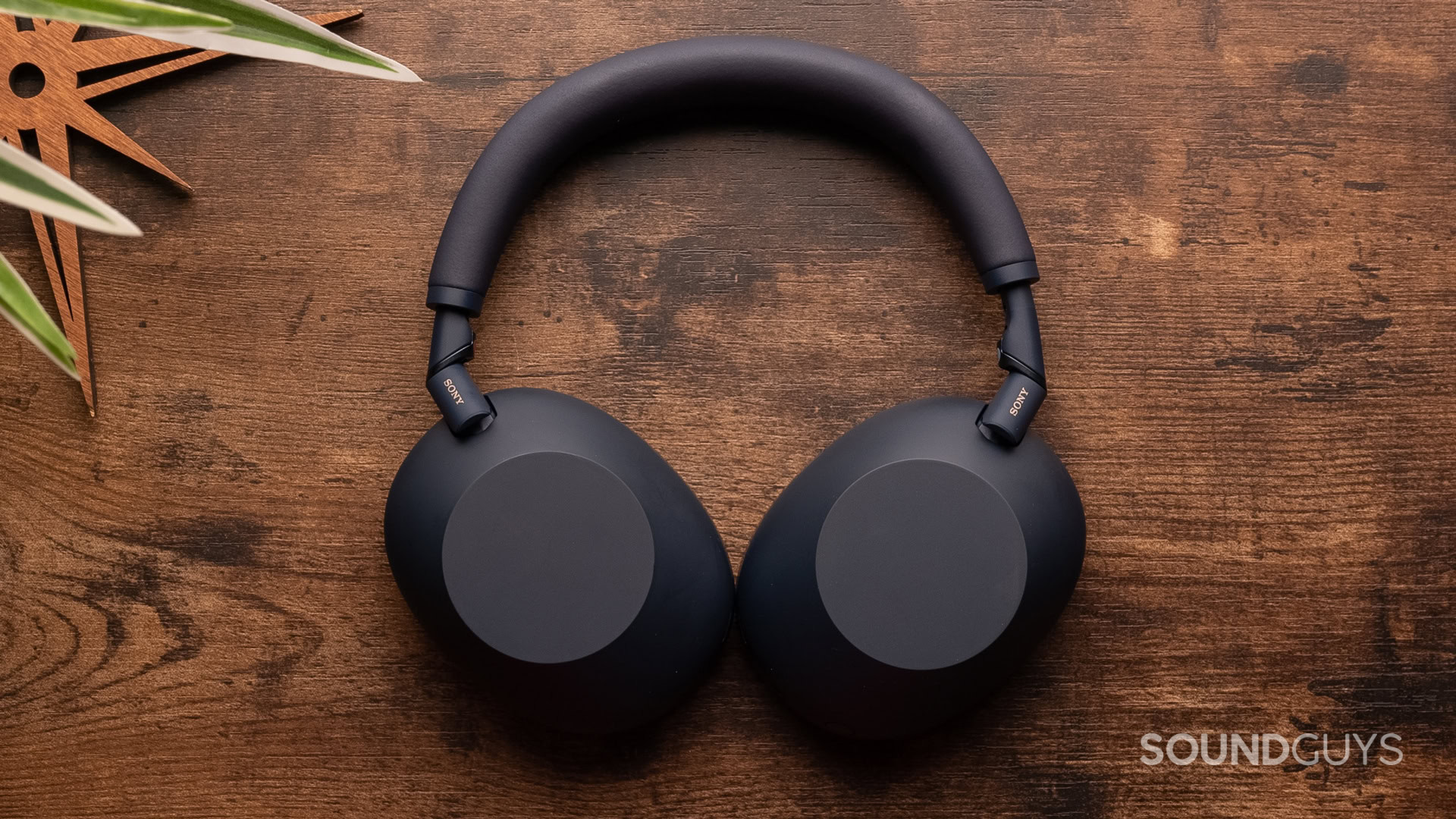
The Sony WH-1000XM6 stand proud as one of the best wireless headphones you can buy right now. Rectifying some of their predecessors’ pain points, including the fragile hinge system, the XM6 represent a worthy update for some. However, I’d be remiss not to admit my disappointment that Sony omitted notable feature upgrades. Rather than headphones expected to last the next five years, the XM6 serve as a modest improvement with a high price tag. Truthfully, I won’t buy the Sony WH-1000XM7 unless the company brings significant future-proof features.
The Sony WH-1000XM6 launched mere weeks ago, so we shouldn’t expect their successor to arrive anytime soon. However, here are all the features and everything I want to see when the Sony WH-1000XM7 launch.
USB-C audio
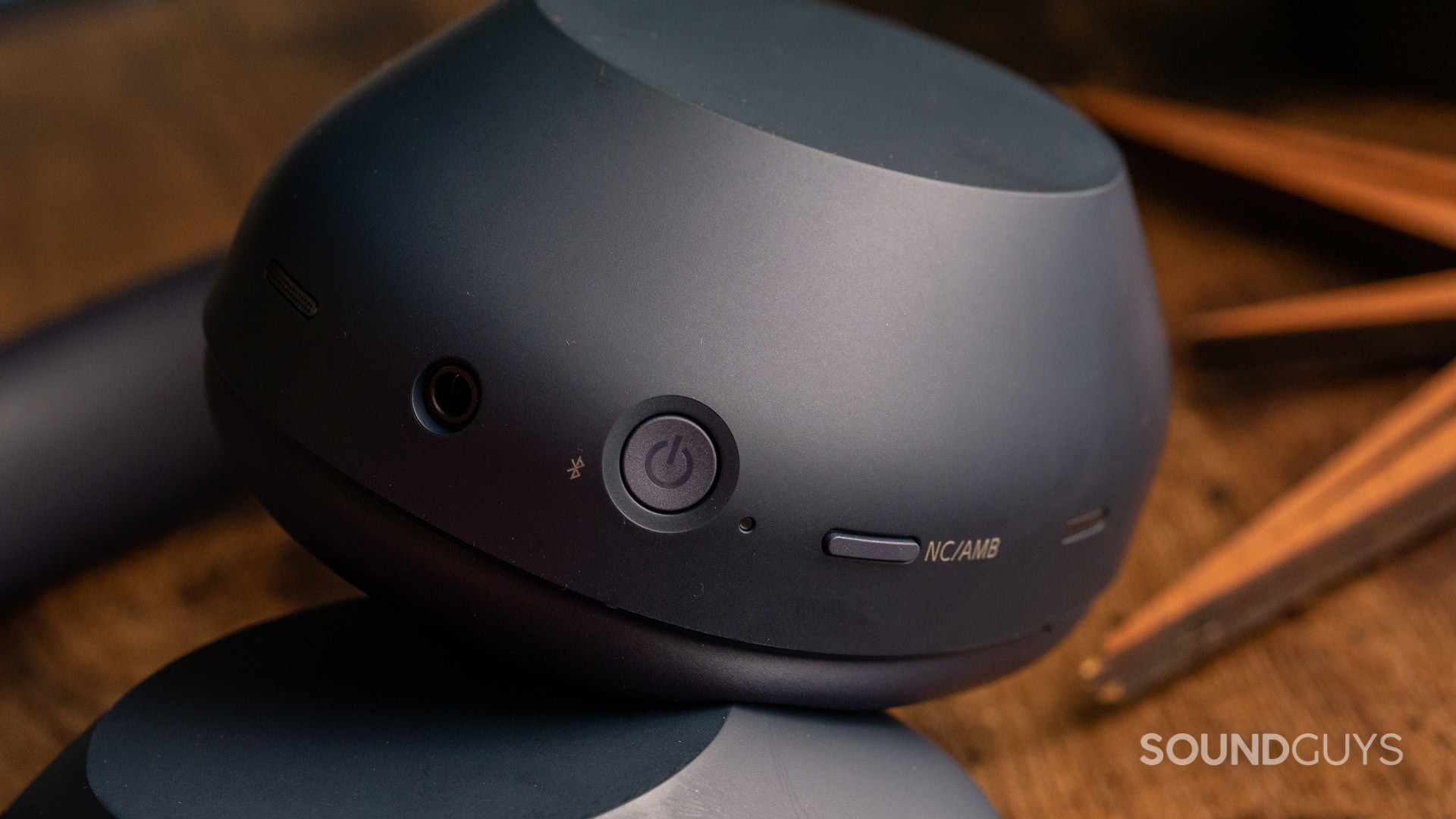
Smartphones with headphone jacks are in decline. While our sister site, Android Authority, lists some of the best smartphones with headphone jacks on the market, USB-C is fast becoming the industry-standard port for wired audio. Unfortunately, the Sony WH-1000XM6 only supports analog audio with the included 3.5mm TRRS cable. While this may be fine for some right now, the direction of travel on wired audio is already set in motion. For example, Apple, Sennheiser, JLab, JBL, Shure, and Google already have headphones with USB-C lossless audio.
More importantly, though, is that much cheaper rivals like the JLab JBuds Lux ANC support this connection. These headphones cost $370 less than the Sony WH-1000XM6 and are likely to remain relevant longer as USB-C audio becomes ubiquitous. Another benefit of headphones with USB-C audio is that they handle all of the responsibilities once shouldered by your phone, computer, or other source. This makes them less likely to suffer from interference, impedance mismatches, and other unwanted coloration. The Sony WH-1000XM7 must support USB-C audio to compete with other flagship headphones.
An improved ANC system
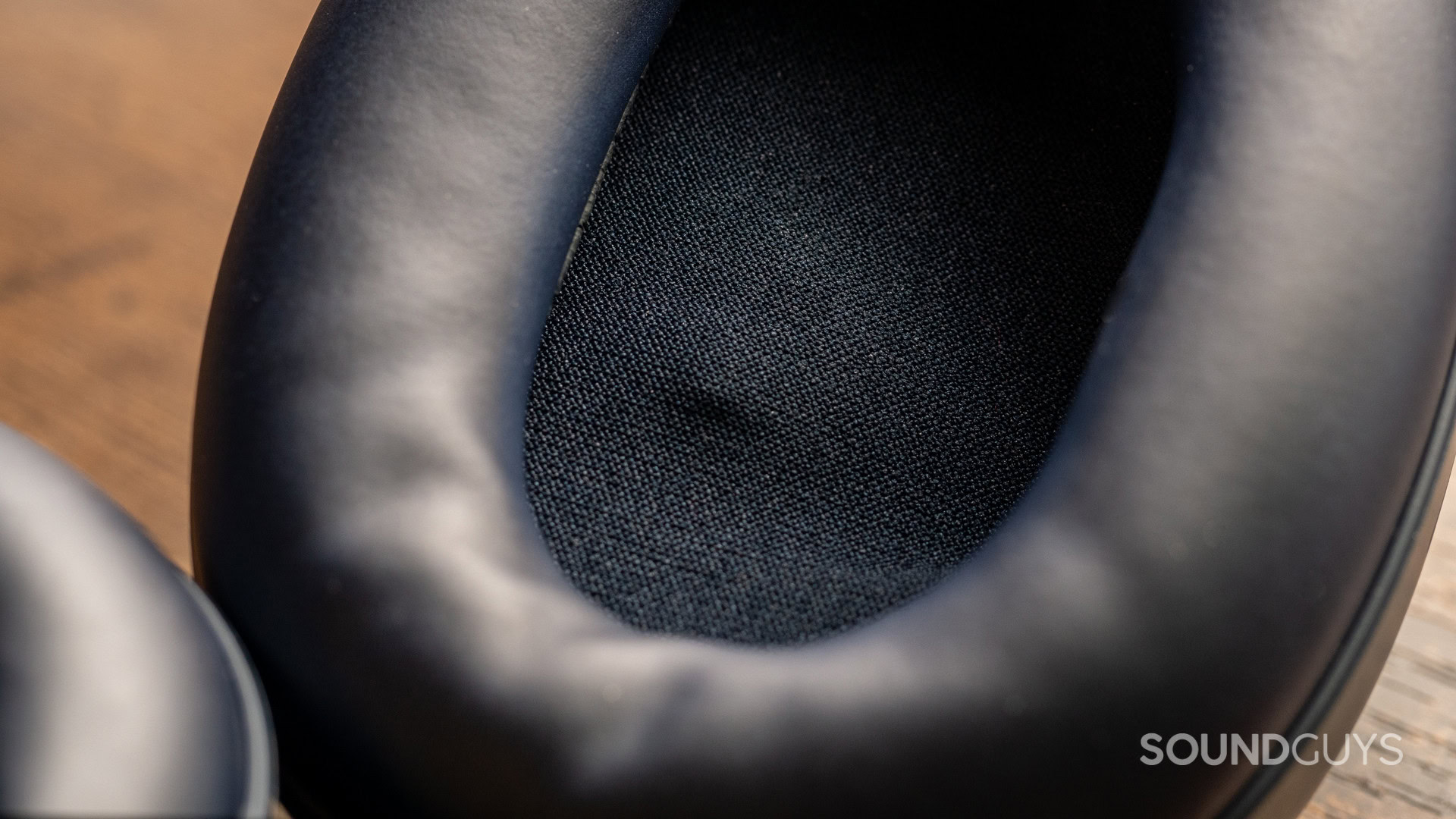
The Sony WH-1000XM6 have some of the best ANC functionality out of all the headphones we’ve tested here at SoundGuys. With an ideal fit, the cans attenuate over 35dB of low-frequency sound, making most environmental noise sound roughly 87% quieter. Unfortunately, the XM6’s ANC microphone protrudes by approximately 2mm from the mesh plane within the ear cup. While this may not affect everyone, those with larger ears may find that this rubs their tragus and negatively affects ANC performance.
Few headphones have as good noise canceling capability as the XM6. However, the Apple AirPods Max and JBL Tour One M3 dampen most ambient noise by approximately 88%. They also enjoy excellent passive isolation, blocking out high-frequency incidental sounds, including passing chatter and building works. The AirPods Max, JBL Tour One M3, and older Sony WH-1000XM5 enjoy industry-leading noise canceling without the ANC mic prodding your ear. The Sony WH-1000XM7 must do the same.
Auracast broadcasting
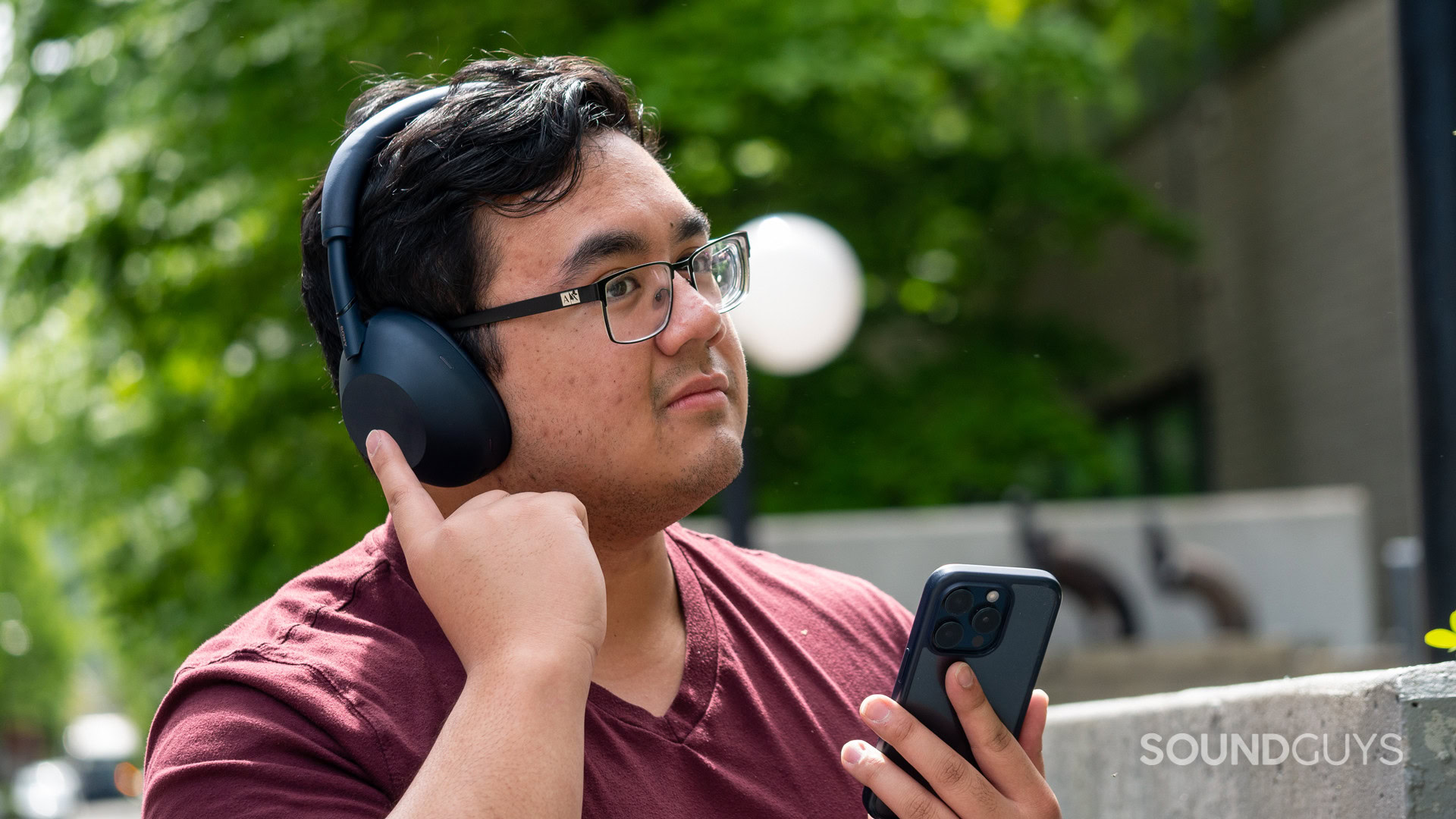
Auracast is another sci-fi-style feature that’s quickly becoming a staple in the consumer audio arena. This supports a theoretically unlimited number of wireless connections for tuning into airport announcements in your language, listening to audio at stadiums, and more. The Sony WH-1000XM6 support the prerequisite Bluetooth Low Energy (LE) standard and LC3 codec for Auracast streaming. Unfortunately, the XM6 have no accessories for Auracast broadcasting.
You might question the usefulness of Auracast broadcasting — after all, not everyone feels compelled to share their music with others. However, headphones like the aforementioned JBL Tour One M3 can use the included SMART Tx accessory to stream movie audio to individual family members with Auracast-enabled headphones. It can also turn non-Bluetooth sources into wireless transmitters. This is handy if you still own older media players and want you and your friends to listen on separate devices. The Sony WH-1000XM7 would serve more people with this feature.
A cheaper price tag
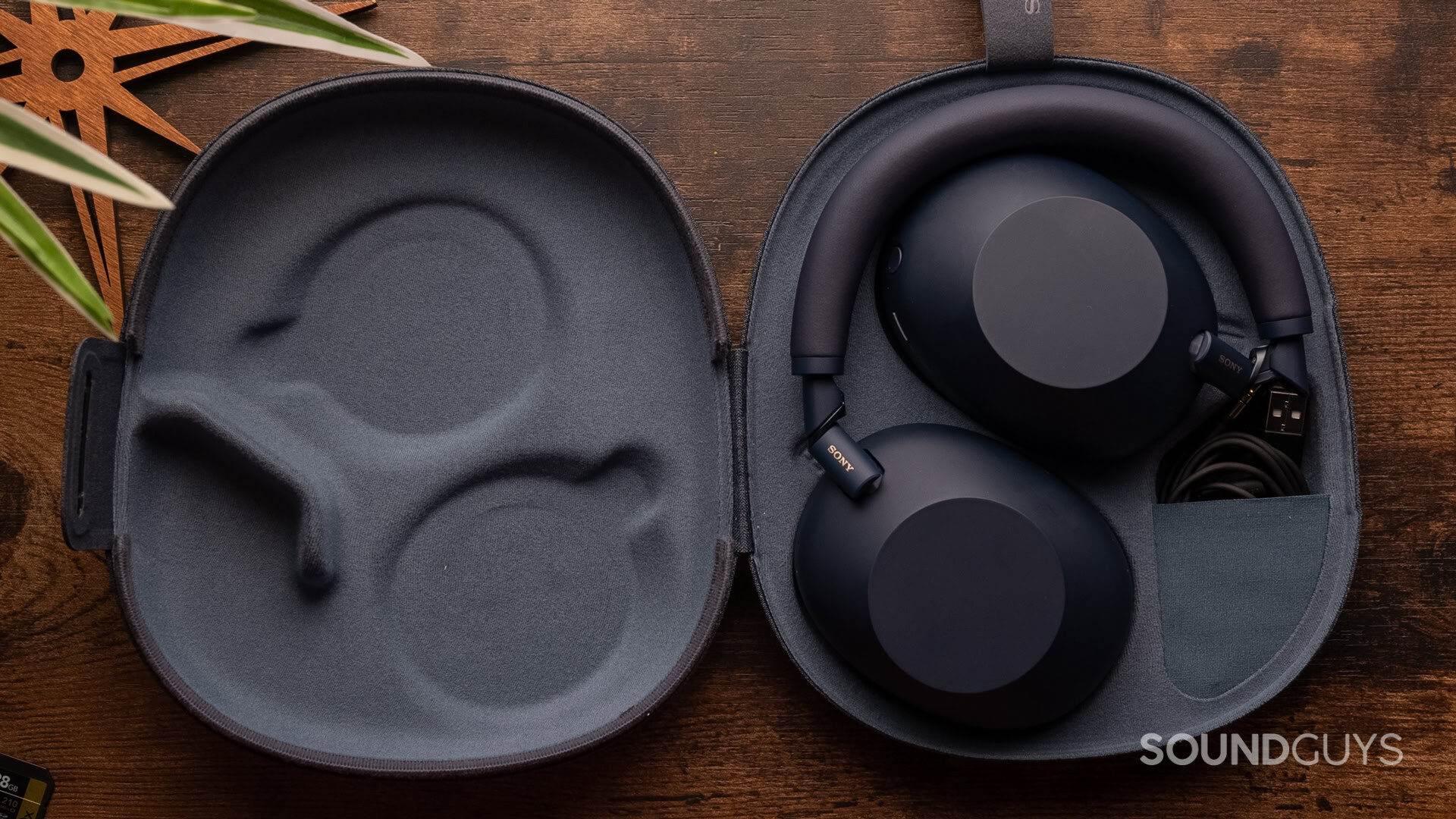
As far as consumer wireless headphones are concerned, the Sony WH-1000XM6 are pretty expensive. Retailing for $449, the cans fall just shy of the eyewateringly expensive Apple AirPods Max. While some can justify the expenditure, many will be eager to consider the best alternatives to the Sony WH-1000XM6. This is especially true, given Sony’s flagship headphones trail behind other industry leaders in terms of battery life, comfort, connectivity, and compatibility.
For example, the JLab JBuds Lux ANC cost just ($79.99 at Amazon) and enjoy seven hours longer battery life than the Sony WH-1000XM6. Likewise, topping up the headphones for 10 minutes yields four hours of listening time, and they support USB-C audio. The JLab JBuds Lux ANC offer pleasing sound quality, and the JLab app offers adjustable ANC modes and a 10-band custom EQ that rivals Sony’s. Price-conscious buyers will question the Sony WH-1000XM7 if they cost as much as the XM6.
Thicker padding and an IP rating
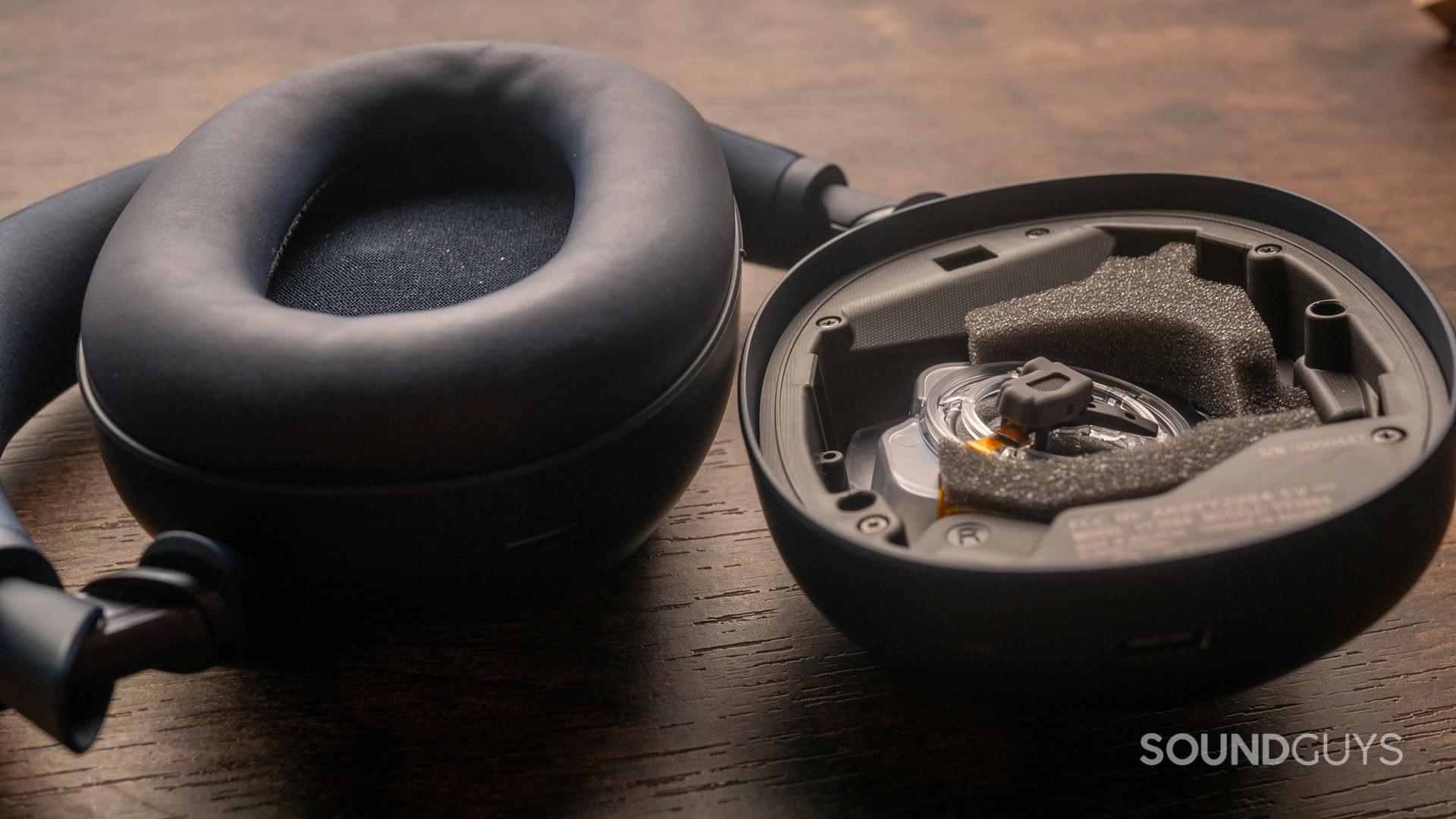
If you’re a returning SoundGuys reader, you’ve likely already seen us peddle the importance of buying well-fitting headphones. Not only is it vital for achieving a comfortable fit, but it also dictates whether you attain pleasing audio quality and ANC performance. Crucial to this is whether the headphones you choose have plush padding, a large ear cup size, and a tight clamping force.
Sony brought some meaningful design upgrades to the WH-1000XM6. Unfortunately, the headphones have much thinner ear cup padding than competing brands. While the material grips the skin fairly well, glasses wearers, in particular, may find that they cannot achieve a good fit. As mentioned, this can affect ANC performance, particularly in terms of attenuating low-end frequencies. I also wish a leading headphone brand would finally take the plunge and design an IP-rated flagship model. This would protect against water and dust, and finally allow workout enthusiasts to take their over-ears to the gym with confidence. Sony should make further design changes to the WH-1000XM7.
What would you like to see Sony bring to the WH-1000XM7?
Will there be a Sony WH-1000XM7?
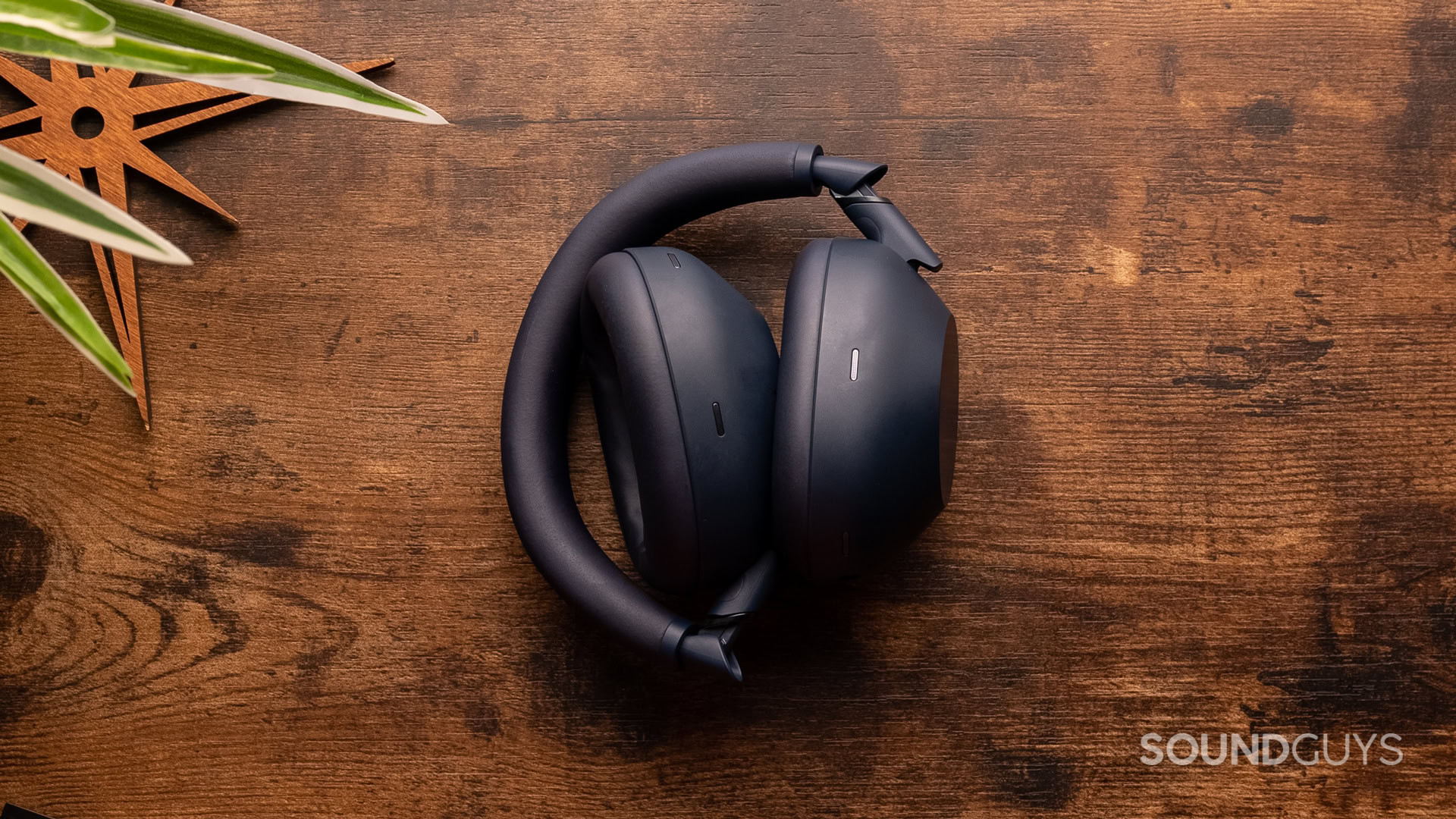
There will almost certainly be a Sony WH-1000XM7 headphone. Sony remains an industry-leading headphone manufacturer, and that is highly unlikely to change. For example, the company released its latest WH-1000XM6 over-ears on May 15, 2025. These ride on the tailwind of the affordable Sony WF-C710N earbuds that launched on March 25, 2025. A compelling alternative to the popular Sony WF-1000XM5, the WF-C710N enjoy decent noise canceling and a comfortable fit for just $119.99 at Amazon.
Given the Sony WH-1000XM6’s recent release date, fans will have to wait a few more years before any prospect of the WH-1000XM7 materializes. However, we can surmise an approximate release window based on the company’s previous product launches.
- Sony WH-1000XM4 — August 18, 2020
- Sony WH-1000XM5 — May 20, 2022
- Sony WH-1000XM6 — May 15, 2025
For example, the Sony WH-1000XM4 hit shelves on August 18, 2020. These were followed up on year and nine months later by the WH-1000XM5 on May 20, 2022. Sony then waited three years before refreshing its flagship over-ear category with the XM6. By that metric, we should expect the Sony WH-1000XM7 to launch in the spring of 2027. This aligns with the company’s previous two releases, which both materialized in May.
Should you wait for the Sony WH-1000XM7?
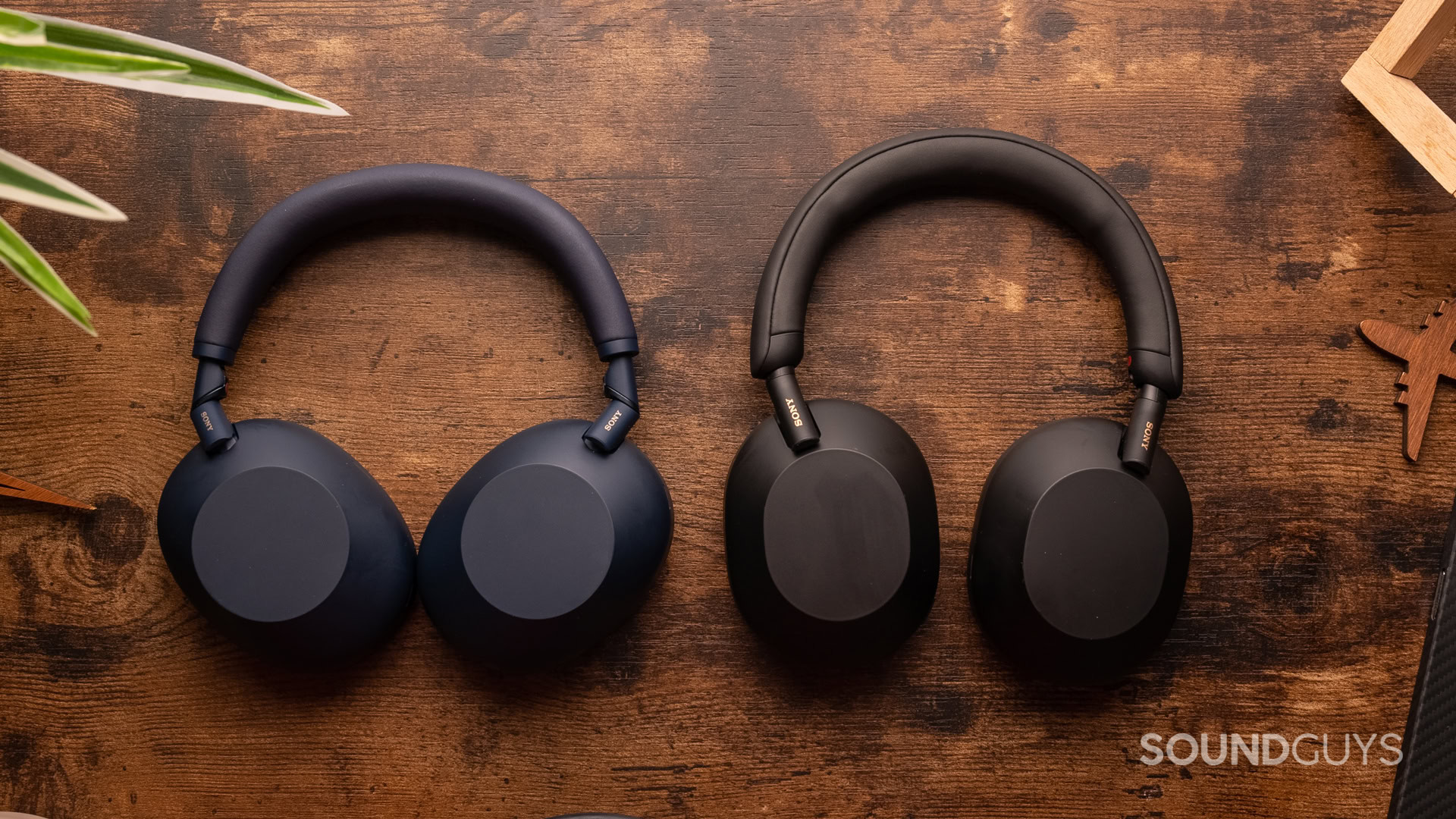
You probably shouldn’t wait for the Sony WH-1000XM7. We’re likely at least two years away from seeing the WH-1000XM7, and it could be longer. Instead, those with the cash should grab the current Sony WH-1000XM6. These industry-leading headphones are available from the manufacturer’s website and most major retailers, including Amazon and Best Buy.
The Sony WH-1000XM6 ($448 at Amazon) are the best noise canceling headphones for most people. Equipped with Sony’s Q3 chip, the XM6’s top-tier noise canceling quells distracting outside sounds by as much as 53dB. Sony also updated its latest WH-1000X-series headphones with superior sound quality, thanks to their stiffer dome. Unlike the XM5, the XM6 have less bass emphasis and suffer less distortion. Sony also upgraded the headphones with a 6-mic beamforming array and an AI-trained algorithm for extracting human voices in noisy environments. The result is excellent call quality even in windy, busy, and reverberant spaces. The headphones’ newly designed power/BT button is much easier to recognize while worn, and the XM6 now enjoys foldable hinges. The battery life lasts an impressive 37 hours and 14 minutes, and the Sony Sound Connect app provides all of Sony’s best features.


What should you buy instead of the Sony WH-1000XM7?
The Apple AirPods Max ($499 at Amazon) are still the best over-ear headphones for iPhone fans. While those on Android miss out on the Siri voice assistant, iOS users can control the headphones, answer calls, and receive notifications hands-free. The AirPods Max will also automatically pair with every device on your iCloud account and switch to whichever device is playing audio. The headphones use Apple’s Spatial Audio with head tracking to immerse listeners in a captivating three-dimensional audio field. Battery life lasts roughly 21 hours on a single charge, although the headphones cannot be physically turned off. The AirPods Max’s noise canceling is a direct competitor to the XM6, and they enjoy excellent sound quality with no noticeable distortion. Those frequently needing situational awareness will appreciate the headphones’ excellent transparency mode. A recent firmware update also brings lossless-quality audio streaming via USB-C.
When it comes to comfort, the Bose QuietComfort Ultra Headphones ($429 at Amazon) reign supreme. With wide ear cups and angled dynamic drivers, Bose’s premium headphones are ideal for long listening sessions. They’re also much easier to secure a robust fit thanks to their soft, plush padding and lightweight 253g frame. Unlike Sony’s LDAC codec, the Bose QC Ultra Headphones support aptX Lossless with Snapdragon Sound. With an Android smartphone, this codec can support the transmission of CD-quality audio. Bluetooth 5.3 also allows the use of LE Audio and Auracast audio streaming. Battery life lasts over 27 hours on a single charge, and a 15-minute boost yields two and a half hours of listening time. The Bose QC Ultra Headphones have decent noise canceling, reducing the loudness of airplane whines by 87%. The sound quality is pleasing, although the Bose Music app features a comparatively limited custom EQ.
Price-conscious ANC enthusiasts will enjoy the JBL Tour One M3 ($449.95 at Amazon). For significantly less than the Sony WH-1000XM6, these headphones reliably dampen sounds below 1kHz by over 30dB. Battery life also lasts 55 hours and 37 minutes on a single charge, outstripping the XM6 by 18 hours. This is superior, as fewer charging cycles typically mean less battery wear over time. The JBL Tour One M3 connects over Bluetooth 5.3 with the SBC, AAC, LDAC, and LC3 codecs. Like the XM6, JBL’s headphones support Auracast connectivity. However, they pull ahead of Sony’s premium cans by supporting lossless USB-C audio. The SMART Tx transmitter is another boon, breathing new life into outdated media players and allowing seamless EQ adjustments on the fly. The headphones are comfortable, and feature fanatics will enjoy Find My, Spatial Audio, a volume limiter, and more.
Sony WH-1000XM7 FAQs
Yes, the Sony WH-CH710N have active noise canceling (ANC).
Arguably, yes. The Sony WH-1000XM5 enjoy superior noise canceling, microphone quality, and sound quality compared to their predecessor. However, the XM4 remain a capable ANC headphone, featuring a foldable hinge that many prefer to the fragile design of the XM5.
The Sony WH-CH720N feature improved noise canceling, longer battery life, and more comprehensive features through the Sony Headphones Connect.
The Sony WH-CH710N launched on April 1, 2020.
Thank you for being part of our community. Read our Comment Policy before posting.